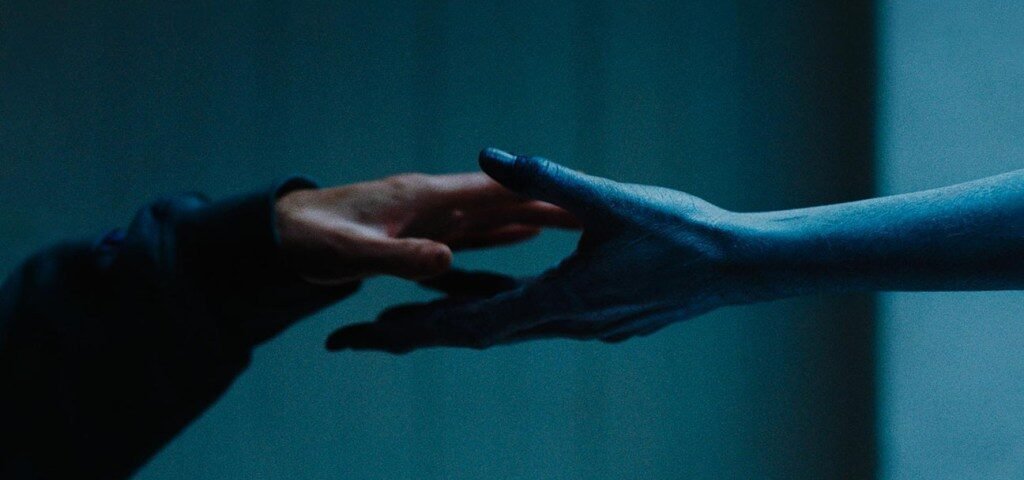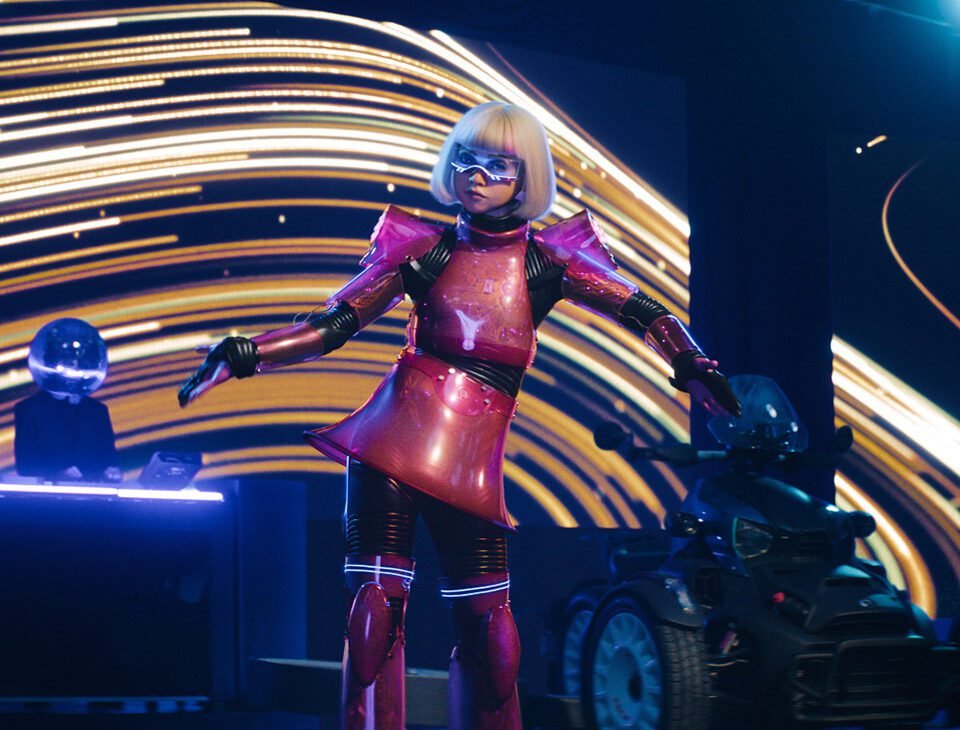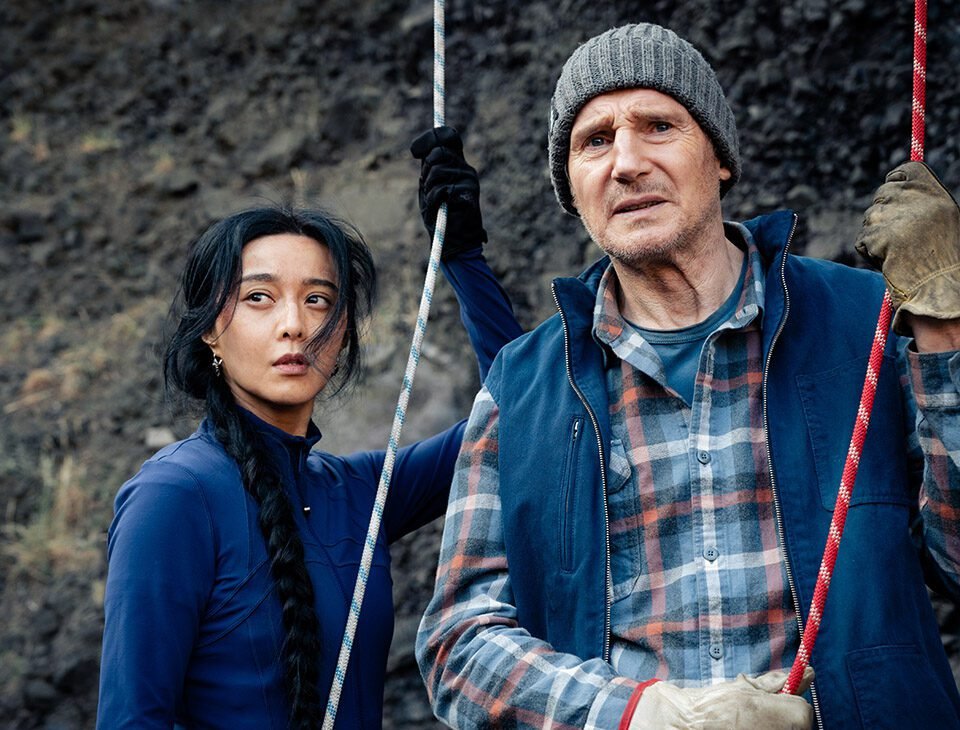


‘Preconceived’ Review: Illuminating Debut Doc Peeks Behind the Curtain of Crisis Pregnancy Centers
March 10, 2024


‘Oddity’ Review: Damian McCarthy’s Supernatural Suspenser Casts an Unsettling Spell
March 11, 2024Benjamin Finkel’s childhood inspired his emotionally painful story of a young girl whose father is dying.
Family
More psychological trauma than jump scares, but effective.
The terror beneath the evil spirits and unexplained phenomena in Family is based on a cruel reality: a young girl’s well-founded dread of her father dying. In his self-assured first film, writer and director Benjamin Finkel wraps this fear in horror tropes, taking us inside the mind of a child imagining the worst. The film becomes increasingly tense and emotionally wrenching, even as Finkel ramps up genre touches that come to feel superfluous.
She has a small birdhouse — blue, egg-shaped, painted with gold stars — that she superstitiously thinks she can use to conjure good spirits to save her dad, only to feel as he gets worse that she has called in evil instead. Among her other reactions to his illness, she blames both her parents at various times, imagining they are trying to harm her. And she almost exists out of time. She uses a camcorder for videos, not a phone, yet a time period is never specified, enhancing the unreal feeling.
The film has an affinity with Ari Aster’s Hereditary, using horror as a metaphor for dark family dynamics, as the blunt title Family suggests. But it is so obvious early on that the terrifying apparitions and her parents’ evil behavior come from Johanna’s mind that the jump scares are less jump-y than they might have been. Finkel directs the actors and camera with impressive precision, though, and the horror scenes are beautifully crafted, even when they are standard tropes: lights shining eerily from the isolated family house, surrounded by dark woods; a tracking shot down a narrow, empty hallway toward a glowing room; Harry as Johanna imagines him, crawling down the stairs to the basement. Throughout, Gray convincingly displays Johanna’s pain.
Elisha Christian’s cinematography deftly signals the difference between the clarity of real life and the darker tones of Johanna’s imagined scenes. And Olivia Peebles’ production design enhances the unnerving tone, in a perfectly comfortable large old house that can suddenly turn ominous. Even the props are just right, that odd little blue birdhouse looking claustrophobic enough to be unsettling. Finkel’s screenplay is minimalist, as he wisely relies on images. It is a little too neat, though, that the child displaced from her old home is reading The Wizard of Oz and has named her dog Toto.
Just at the point where the reality of Harry’s condition is at its worst, Finkel leans into more extreme genre touches, with a skeletal, nearly faceless creature haunting Johanna’s thoughts. That increased terror reflects her experience, but by then her pain has become so visceral and raw that ghoulish apparitions seem to cheapen it. It finally seems wrong to call Family a horror movie at all. Horror works as a hook here, luring viewers into an intensely personal film about the kind of trauma that never really ends.





